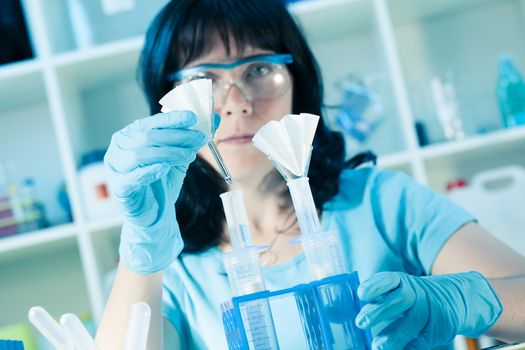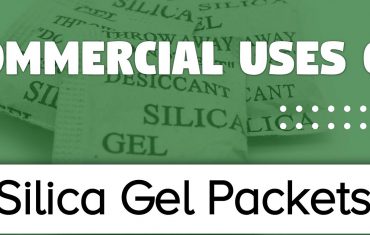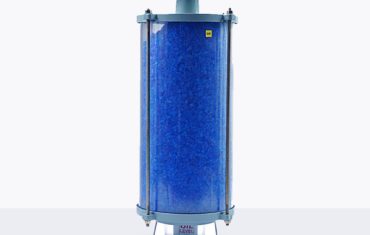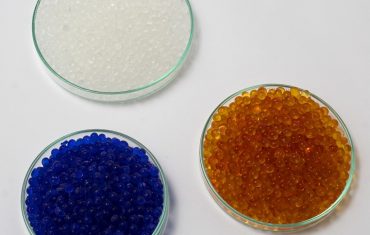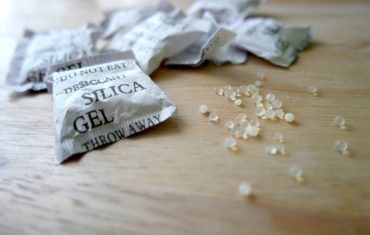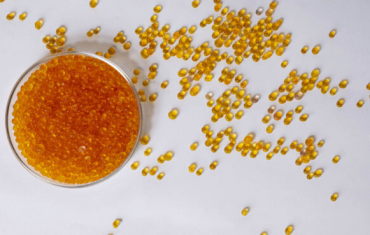DNA Purification: What is it and How Does it Work?
Most biotechnological studies and research primarily consist of DNA purification as a vital component of extracting accurate molecular biology and clinical studies. It’s a crucial part of determining the success or failure of downstream experimentations.
DNA purification helps satisfy research requirements by extracting substantial amounts of the genomic or plasmid DNA from a limited sample source. Moreover, its purification process reduces the amounts of contaminants of a sample that may hinder their shelf life or research results.
Thanks to modern chromatography practices, the process of isolating and purifying DNA has become more efficient. Biologists can now easily separate and purify DNA and its fragments from bacterial hosts and tissue samples. Read on to learn the five basic steps of DNA purification and how it works.
Lysate Creation
Lysate creation is the first step in any DNA purification process, regardless of what sample one decides to use. It refers to the release of DNA/RNA into a lysis solution that helps release nucleic acid into the lysate, immediately and rapidly disrupting the cells in a sample.
Creating lysate from the DNA is a comprehensive process and consists of four general techniques. These include physical methods, chemical methods, enzymatic methods, and combinations of all these techniques.
Lysate Clarification
It’s essential to remove cellular debris from the cellular lysates before moving onto the next nucleic acid purification steps. Lysate clarification is the reduction or elimination of unwanted materials that can become carryovers in DNA purification. These materials vary depending on the sample but usually include lipids, proteins, and saccharides from cellular structures.
The purpose of clearing lysate is to prevent the cell membranes from clogging or disrupting the downstream application. There are three methods for clearing lysate, such as centrifugation, bead-based techniques, and filtration.
Binding for Purification
After clearing the lysate, one can isolate the DNA of interest from the nucleic acid using several methods. There are two primary DNA isolation methods, including sample lysis by detergency and purification through matrices like ion exchange and silica.
Most biologists focus on DNA purification through chromatography practices using silica because DNA purification is highly reliable under high-salt conditions. The chaotropic salts present in silica significantly help disrupt cells, deactivate nucleases, enabling the nucleic acid to bind to silica, ultimately isolating it.
Washing & Elution
The final two steps are critical for ensuring the purified DNA sample’s shelf life and longevity. DNA samples can be washed using wash buffers with alcohols to remove the remnants of sales, proteins, and other contaminants from the sample.
Elution helps collect the final purified product from the silica. When one applies an aqueous buffer to the silica membrane, the low-ionic DNA is released and collected. You can then use this purified DNA in various downstream applications in multiple industries and daily life practices.
Interested in learning more about the chromatography practices for DNA purification? At Sorbead India, we specialize in high-quality desiccants and absorbents required for adequate DNA purification. We’re a leading supplier of moisture absorbents in India, from silica gel moisture absorbers to container desiccants. Learn more here.

